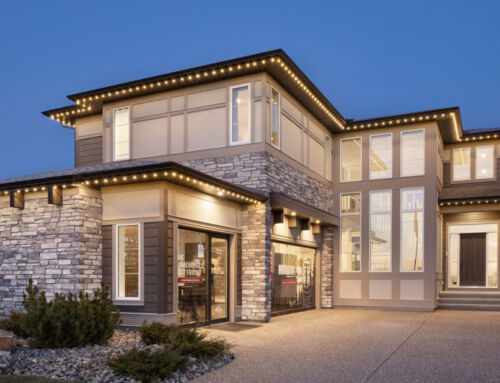Have you ever walked into a room that felt noticeably cooler than the rest of your home? That’s what we refer to as a “cool” room. It could be a bonus room over a garage, a basement, or even just a specific area within a room. The coolness is a result of more heat being lost from the room than is being supplied to it, creating a distinct temperature difference.
Our Perception of Temperature
Humans are remarkably sensitive to temperature changes, detecting differences as small as half a degree. Various factors, such as age, activity level, air movement, and health, influence our perception of warmth or coolness. Additionally, humidity plays a role— a hot, humid room feels warmer than a hot, dry one, while a damp, cool room feels cooler than a dry, cool room. Flooring choices, like tiles versus carpet, can also impact our perception of temperature.
Changing Comfort Expectations
Modern housing has come a long way from the days of uninsulated farmhouses with single-pane windows. While today’s houses are built to maintain more uniform temperatures, slight variations from one room to another still occur. Achieving optimal temperature consistency may involve additional costs and careful discussions with your builder during the construction planning phase.
Matching Expectations with Construction Reality
Maintaining a constant temperature in a home is challenging due to variations in heat loss among different areas. External climate conditions, particularly wind exposure, significantly influence heat loss. Rooms facing prevailing winds or with fewer barriers to the outdoors may experience quicker cooling.
Barriers to the Outdoor Environment
Walls, floors, ceilings, windows, and doors act as barriers between indoor and outdoor environments, slowing down heat transfer. However, they don’t completely stop it. Materials used in construction, such as wood framing and insulation, can affect temperature variations within walls. Windows, often referred to as “thermal holes,” contribute to uneven temperatures, allowing heat to flow in and out.
Typical Construction Challenges
Construction methods can be upgraded to minimize temperature differences, but these adjustments should be discussed with your builder before construction begins. While missing insulation can contribute to cool areas, it’s rarely the primary cause of a cool room.
Required Heating Design Parameters
Heating contractors calculate the overall heat loss of a home to recommend the appropriate furnace size. The goal is to maintain a consistent indoor temperature across all living spaces, considering variations in heat loss among rooms.
The Heat Delivery System
Supplying even heat in a home with a single furnace can be challenging. Ductwork, its layout, and obstacles like stairways or beams impact heat distribution. Achieving even heat requires proper air circulation, and obstacles, debris, or a dirty furnace filter can impede airflow.
Controls
A single thermostat often controls heat for the entire house. Its location, proximity to heat sources like windows or fireplaces, and the overall layout can affect its effectiveness. Adjusting airflow rates to individual rooms or adding additional heat sources may be necessary to address temperature variations.
Improving Heat to a “Cool” Room
Before consulting a heating contractor, homeowners can take some steps to address a cool room. If these simple solutions don’t work, professional assistance may be needed to assess furnace sizing, delivery system capabilities, and potential air leakage or insulation issues.
Remember, achieving consistent temperatures throughout your home may require thoughtful planning and collaboration with your builder, but the result is a more comfortable living space.







Connect